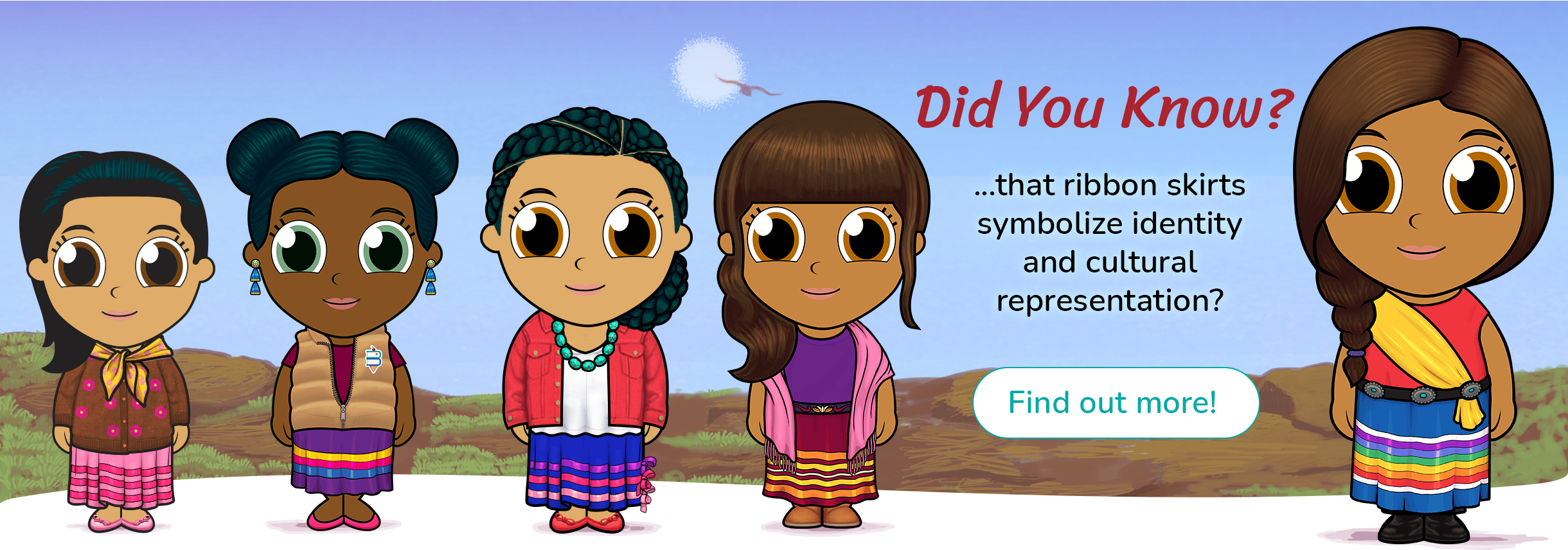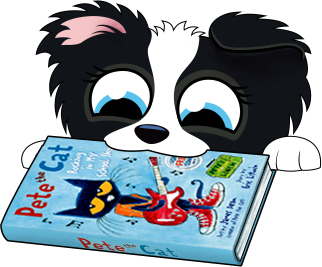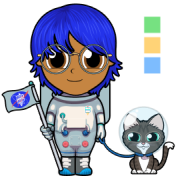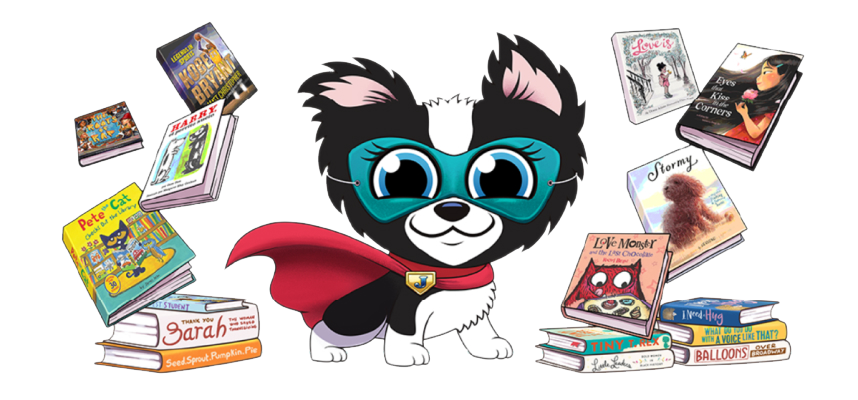
Native American Heritage Month 2024
Ribbon skirts are worn today not only as a symbol of cultural significance, but also as a beautiful fashion statement. While they mean different things to different Indigenous communities, ribbon skirts are broadly considered to symbolize culture and kinship, identity and resilience.
In 2021, Deb Haaland wore a ribbon skirt when she was sworn in as the first Native American cabinet secretary of the Department of the Interior. In What Your Ribbon Skirt Means to Me: Deb Haaland’s Historic Inauguration written by Alexis Bunten (Aleut/Yup’ik) and illustrated by Nicole Neidhardt (Diné (Navajo) of the Kiiyaa’áanii Clan), we learn that the colors of the ribbons adorning Secretary Haaland’s skirt each had a special meaning – the red ribbon represented strawberries, the orange represented fire, yellow was for the sun, green was for grass, blue was for water and violet was for shells.
To celebrate Native American Heritage Month in 2024, you can learn more about ribbon skirts, and other traditions and experiences of Indigenous Americans, through the books below:

This Land (Race to the Truth) by Ashley Fairbanks

The Seminoles by Virginia Driving Haw Sneve

Aloha Everything by Kaylin Melia George

Contenders: Two Native Baseball Players, One World Series by Traci Sorell

Toypurina: Japchivit Leader, Medicine Woman, Tongva Rebel by Cheyenne M Stone

Can You Hear the Plants Speak? by Nicholas Hummingbird

Wings of an Eagle: The Gold Medal Dreams of Billy Mills by Billy Mills

The Secret Pocket by Peggy Janicki

Stealing Little Moon: The Legacy of the American Indian Boarding Schools by Dan Sasuweh Jones

Every Child Matters by Phyllis Webstad

Indigenous Ingenuity: A Celebration of Traditional North American Knowledge by Deidre Havrelock

Two Tribes by Emily Bowen Cohen
The featured authors and illustrators represent the following tribes, nations, clans and peoples: Indigenous Hawaiian, a member of the Saddle Lake Cree Nation in Alberta, Canada, an Anishinaabe artist, writer, organizer, and digital strategist, an Anishinaabe author and illustrator, a member of the Oglala Lakota (Sioux) Tribe, a member of the Standing Rock Sioux Tribe in the Dakotas, an enrolled member of Wichita and Affiliated Tribes, an enrolled member of the Choctaw Nation of Oklahoma, a citizen of the Red Cliff Band of Lake Superior Ojibwe, a member of the Chickasaw Nation, a Paiute who lives on the Big Pine Reservation in Inyo County, California, a Tongva artist of mixed Indigenous ancestry, grew up on the Navajo Reservation in northeastern Arizona, a member of the Ramapough Lenape Nation, a member of the Rosebud Sioux Tribe (Sicangu Lakota), a former Chairman of the Ponca Tribe of Indians of Oklahoma, from the Nak’azdli Whut’en First Nation, a descendant of Coast Salish ancestors, Northern Secwepemc (Shuswap), from the Stswecem’c Xget’tem First Nation (Canoe Creek Indian Band), Tsilhqot’in and Syilx and grew up on territories of the Semiahmoo and Kwantlen Nations, enrolled citizen of the Cherokee Nation, enrolled member of the Kickapoo Tribe of Oklahoma, Unangan/Yup’ik and Diné (Navajo) of the Kiiyaa’áanii clan.







